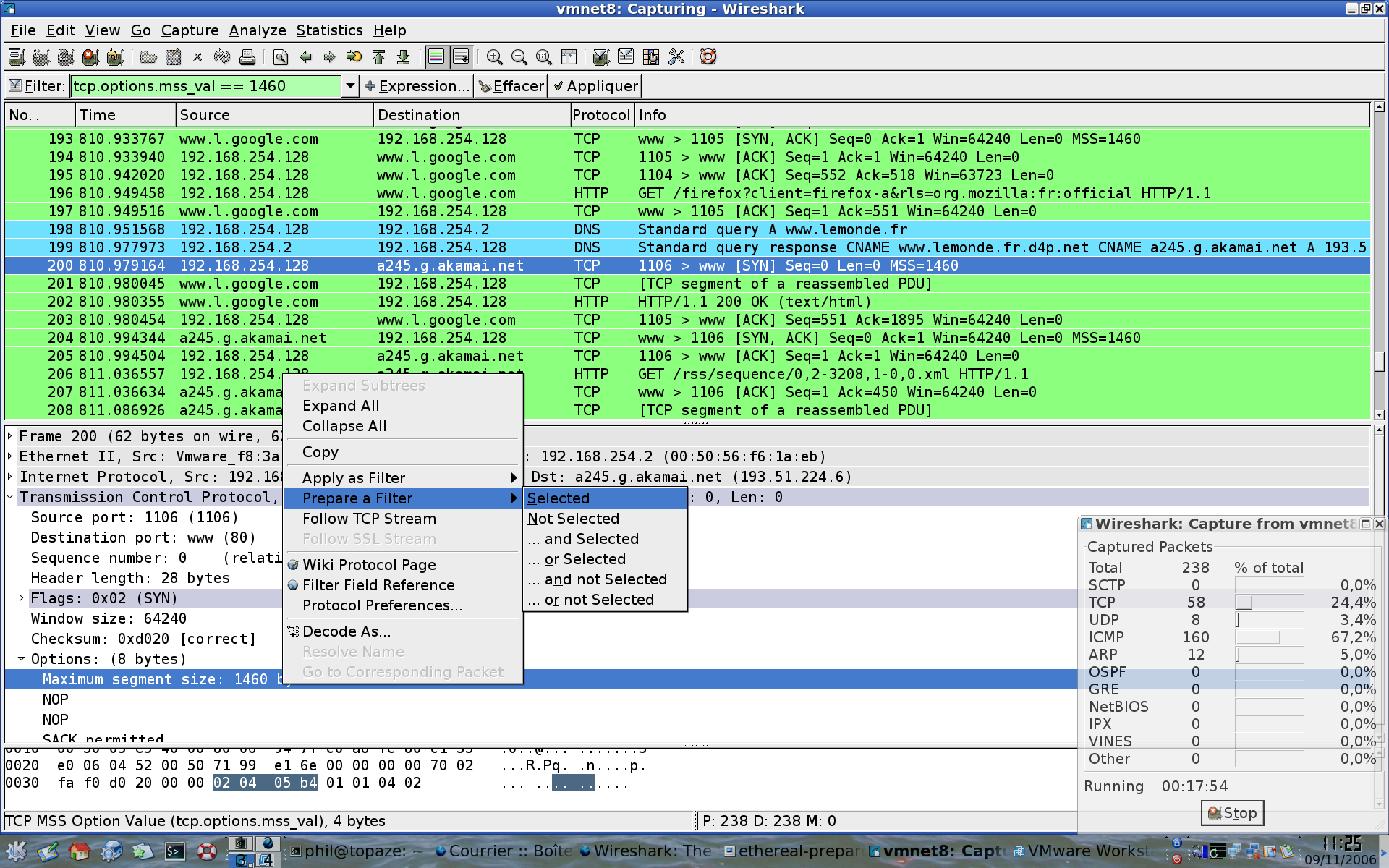
Thankfully, Wireshark allows the user to quickly filter all that data, so you only see the parts you’re interested in, like a certain IP source or destination. Capturing so many packets, means that you will end up seeing huge captured files. Unfortunately, the amount of information you will get when capturing a network line can be daunting. One of the most used network protocol analyzer out there, it analyzes the files that come out of your network TAP (called also a packet capture device) or your computer’s NIC and lets you have an in-depth look into their parameters, messages, format, etc. This is where a tool like Wireshark comes in handy.

Open_tcp_streams = as_dict elif packet_is_response ( packet ): tcp_stream = get_field ( packet, 'tcp.Most of the times, when your network crashes or you come across an issue, you have to search through your captured packets to find the problem.

# When a response comes in with the same stream number, we'll know append ( as_dict ) # We're going to add this request to the list of open TCP streams.


 0 kommentar(er)
0 kommentar(er)
